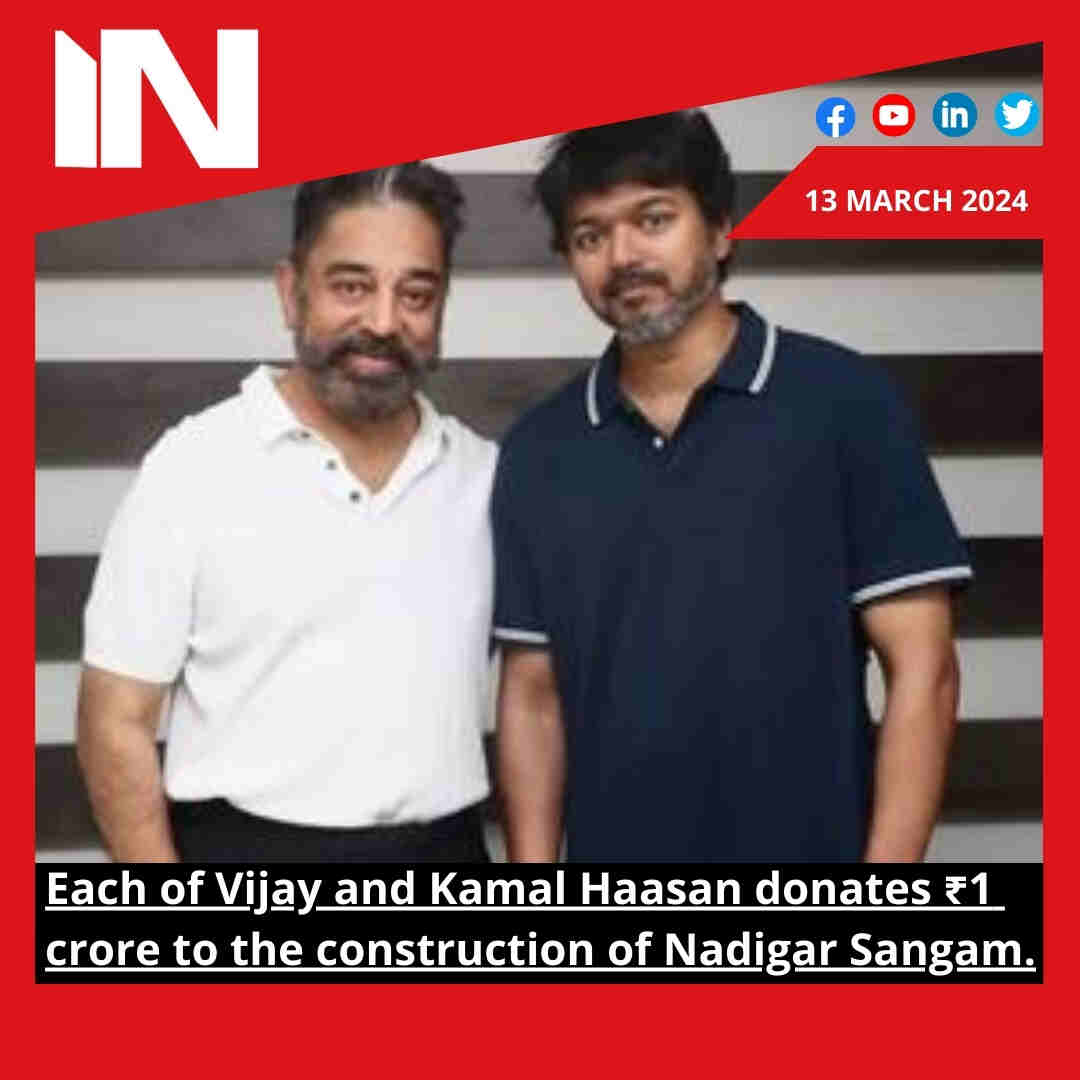India Hot Topics
India Deploys Specialised Mountain Forces To Check China’s LAC Transgression

India Has Deployed Its Specialised High Altitude Warfare Forces Along The 3,488 Km Line Of Actual Control (LAC) To Repel Any Transgression By The Chinese People’s Liberation Army (PLA) In Either Western, Middle Or Eastern Sectors.
Top Government Sources Confirmed That Indian Army Has Been Directed To Safeguard The LAC From Any Cross-Border Aggression By The PLA, Which Is Showing Hostile Intent By Amassing Troops In A Bid To Cow Down The Narendra Modi Government.
It Is Understood That Specialised Forces Trained Over The Past Decades For Fighting On The Northern Front Have Been Pushed Up To The Frontier To Impose Military Costs If The Red Flag Goes Up. Unlike The PLA Which Moves In Infantry Combat Vehicles And Paved Metalled Roads To Move, The Indian Mountain Troops Are Trained In Guerrilla Warfare And Fighting In High Altitude As Shown By Them In Kargil War.
Also Read: Pakistani Drone Shot Down By BSF Along IB In J&K
“The Art Of Mountain Fighting Is The Toughest As The Cost Of Human Casualties Is 10 To Each Troop Of The Adversary Sitting On A Height. The Troops From Uttarakhand, Ladakh, Gorkha, Arunachal And Sikkim Have Adapted To The Rarefied Heights Over Centuries And Hence Their Capability Of Fighting Is Close Quarter Combats Is Without Match. The Artillery And The Missiles Have To Have Pin-Pointed Accuracy Or Else They Miss The Mountain Target By Miles,” Said A Former Indian Army Chief.
The Other Thing That Works For The Army Is That The Tibetan Plateau Is Flat On The Chinese Side While The Indian Side Starts From K2 Peak In Karakoram, To Nanda Devi In Uttarakhand, To Kanchenjung In Sikkim And Namche Barwa Across Arunachal Pradesh Border. “In Mountains, It Is Not Only Difficult To Capture Territory But More Difficult To Hold It,” A China Expert With South Block Said.
While India Has Noted With Appreciation The Voices Coming Out In Its Support From The Trump Administration, Including The President Himself, The Mood In Delhi Is More Like “Atmanirbhar (Self-Reliant) Bharat” With No Intent Of Asking Anyone For Military Or Diplomatic Support. “I Have My Battalions Lined Up With Armoured Personnel Carriers And Artillery. India Will Not Instigate Or Precipitate Any Skirmish But Will Reply To Any Transgression. The Days Of LAC Nibbling Are Over. This Is A Battle Of Nerves And India Is Prepared To Wait, Come Snow Come Sunshine,” Said A Senior Minister.
Also Read: Rahul Gandhi Tweets 2 Questions To Pm Day After Meet On China Tension
The Modi Government Is Very Unhappy That The Chinese President Xi Jinping Broke All The “Peace And Tranquility” Promises By Not Reining His Favourite PLA Western Theatre Commander Gen Zhao Zongqi, Who Is Insistent On Imposing 1960 Eastern Ladakh Map Based On Exaggerated Territorial Claims On India. This Map Where China Claims Territory Upto Kongka La Was Unveiled By Then Chinese Premier Chou En Lai.
Incidentally, Chou En Lai, The Premier During 1962 Conflict, Had Close Links With President Xi Jinping’s Family And Foreign Minister Wang Yi’s Wife Is The Daughter Of Secretary Of The Former Premier. External Affairs Minister S Jaishankar Father K Subrahmanyam Was Involved In India’s War Effort As An Officer In The Defence Ministry.
It Was Only To Set Aside from this Historical Baggage that Prime Minister Narendra Modi Had Initiated The Wuhan And Chennai Understandings So That The Two Leaders Could Promote The Bilateral Relations Post-Doklam. It Is Quite Evident That President Xi Had No Such Plans And Has Used Tensions In East Ladakh To Divert Global Attention From Failure Of China To Alert The World About Coronavirus. In The Same Way, Another Paramount Leader Used The 1962 Conflict To Deflect Attention From The Famine, Due To Failure Of Great Leap Forward Movement, In Which Millions Of Chinese Died.
News Source: HindustanTimes
Also Read: What Makes Centre-State Relations Different In National Capital?
Movie
The Madras High Court has granted early screenings of Vijay’s Leo movie from 7 AM, requesting the TN government to resolve any issues.
Madras High Court Grants Early Screenings of Vijay’s “Leo” Movie at 7 AM, Urges TN Government to Address Concerns
The Madras High Court has made a landmark decision in favor of the much-anticipated Tamil film “Leo,” starring actor Vijay. In a significant move, the court has granted permission for early screenings of the movie from 7 AM, urging the Tamil Nadu government to swiftly address any issues and facilitate the smooth release of the film. This decision marks a pivotal moment in the realm of Tamil cinema and the entertainment industry at large.
Historical Context:
The Indian film industry, particularly the Tamil film industry, has seen its share of controversies and challenges related to film releases. Issues such as censorship, political disputes, and public sentiment have often played a significant role in shaping the release schedules and screening times for films. Vijay, one of Tamil cinema’s most prominent actors, has been at the center of such controversies in the past. This decision by the Madras High Court is, therefore, particularly noteworthy.
The Ruling:
The Madras High Court’s decision to permit early screenings of “Leo” comes as a response to a plea filed by the film’s producers. The court, while considering the plea, took into account various factors, including the film’s anticipated popularity and the prevailing circumstances. The court emphasized the importance of accommodating the audience’s interests and allowing them to enjoy the film without disruptions.
A Step Towards Normalization:
The court’s decision signifies a positive shift in the film industry, where release dates and screening times are often mired in controversy. By allowing screenings to commence at 7 AM, the court aims to reduce the chances of public unrest and congestion near theaters, especially in the wake of high-profile film releases.
The Role of the Tamil Nadu Government:
The Madras High Court, in its ruling, also called upon the Tamil Nadu government to cooperate in ensuring a seamless release for the film. This cooperation extends to providing necessary security measures to maintain law and order around theaters during the early screenings.
Implications for the Entertainment Industry:
The decision is expected to set a precedent for the release of other highly anticipated films, not just in Tamil cinema but also in the broader Indian film industry. The court’s emphasis on the importance of accommodating the audience’s interests could lead to more flexible screening times for movies in the future.
The Audience’s Perspective:
For moviegoers and fans of Vijay, this decision comes as a welcome relief. They can now look forward to enjoying the film without any undue delays or disruptions, ensuring a memorable cinematic experience.
In conclusion, the Madras High Court’s ruling to allow early screenings of Vijay’s “Leo” at 7 AM while urging the Tamil Nadu government to resolve any issues paves the way for a more audience-centric approach in the film industry. It is a landmark decision that highlights the importance of balancing the interests of filmmakers and the movie-loving public. This judgment is poised to make a positive impact on the release of future films, ushering in a new era of flexibility and convenience for cinema enthusiasts.
Group Media Publications
Entertainment News Platforms – anyflix.in
Construction Infrastructure and Mining News Platform – https://cimreviews.com/
General News Platform – https://ihtlive.com/
Podcast Platforms – https://anyfm.in
-

 Bollywood2 months ago
Bollywood2 months agoAishwarya Rai maintains her stunning appearance in a new L’Oreal ad.
-

 health and remedies2 months ago
health and remedies2 months agoThe article discusses the potential health risks associated with swallowing dry ice
-
.jpg)
.jpg) Music1 month ago
Music1 month agoSidhu Moosewala’s father and baby brother feature on Times Square billboard; fans react. Watch
-
Bollywood4 weeks ago
Rasha, the daughter of Raveena Tandon, discusses how trolling affects her: “I think in processing it, feeling bad for a bit.”
-

 Bollywood1 month ago
Bollywood1 month agoThe phrase “female-led projects” annoys Bhumi Pednekar. “It disgusts me deeply.”
-

 Bollywood2 months ago
Bollywood2 months agoFor this explosive advertisement, Aamir Khan and Darsheel Safary reconnect 16 years after Taare Zameen Par
-
.jpg)
.jpg) Hollywood2 months ago
Hollywood2 months agoOri, Gal Gadot’s fourth daughter, is welcomed into the world. “Being pregnant wasn’t easy,”
-

 Entertainment2 months ago
Entertainment2 months agoEach of Vijay and Kamal Haasan donates ₹1 crore to the construction of Nadigar Sangam









